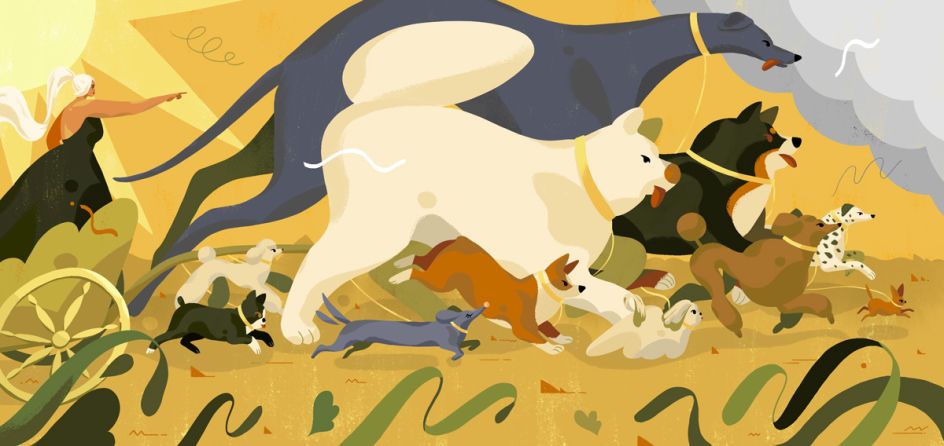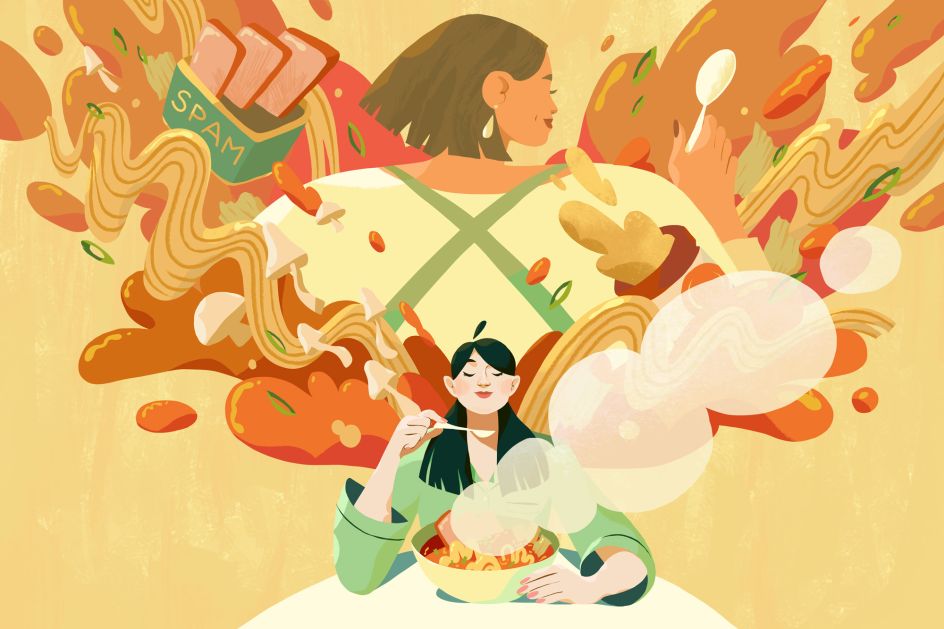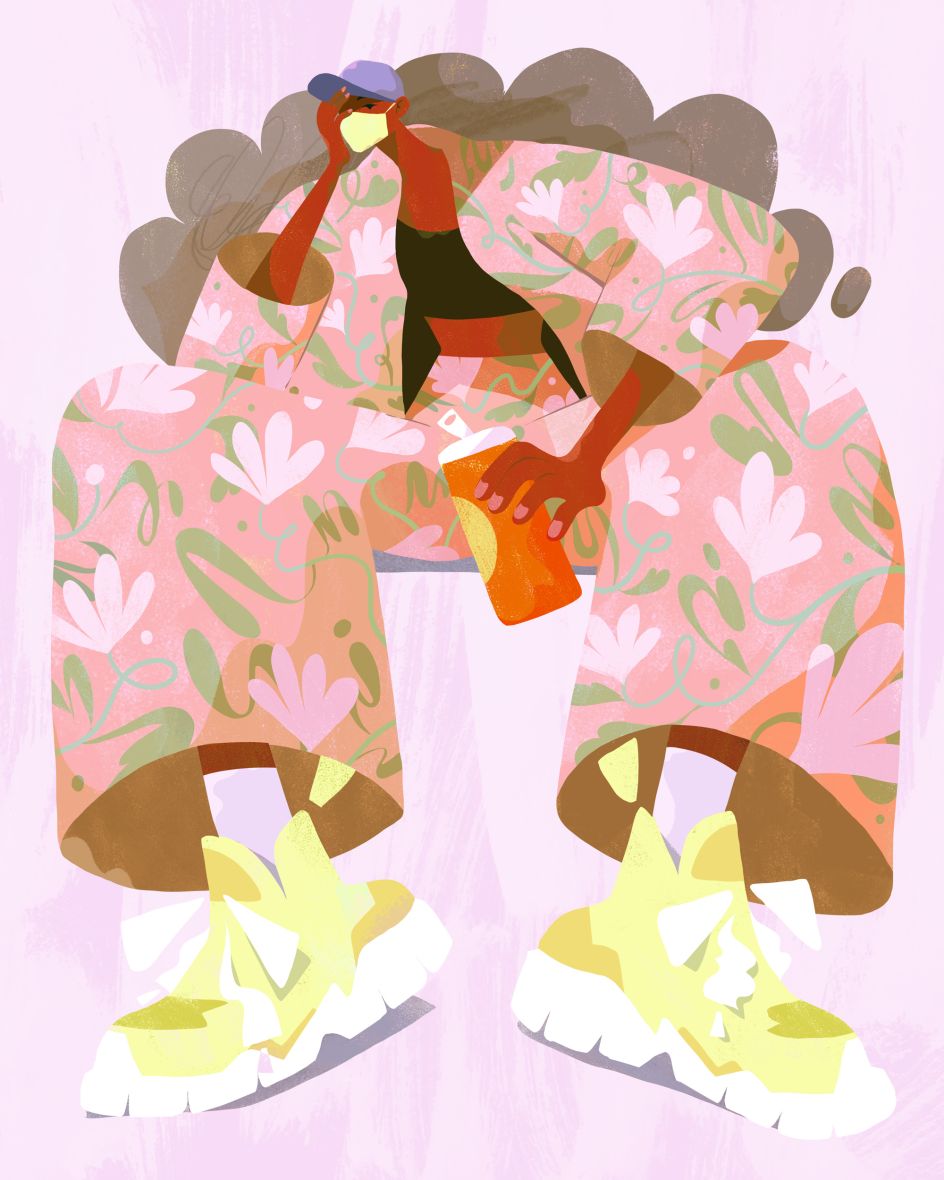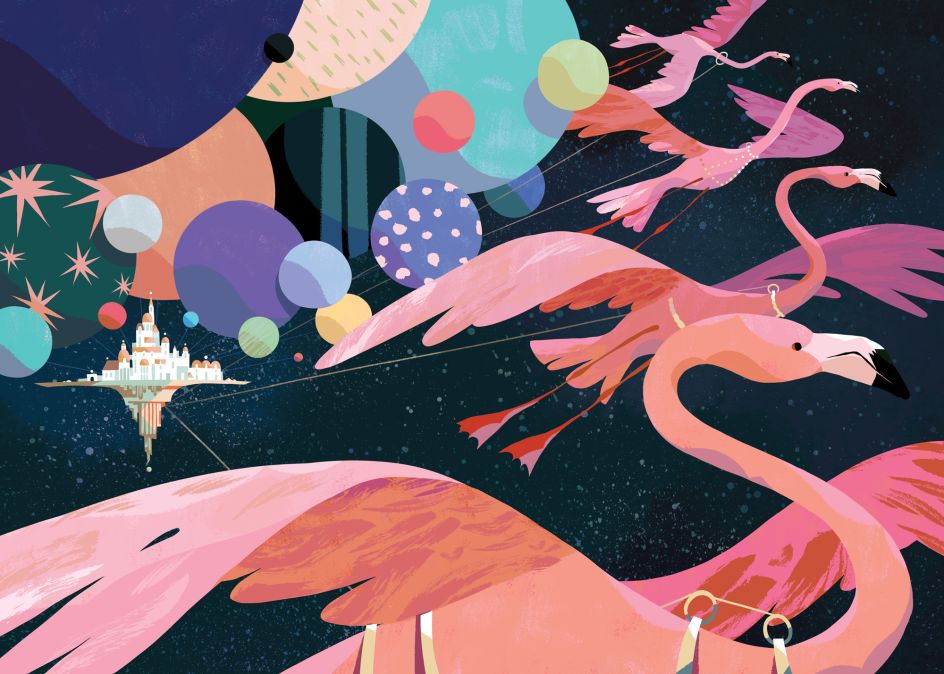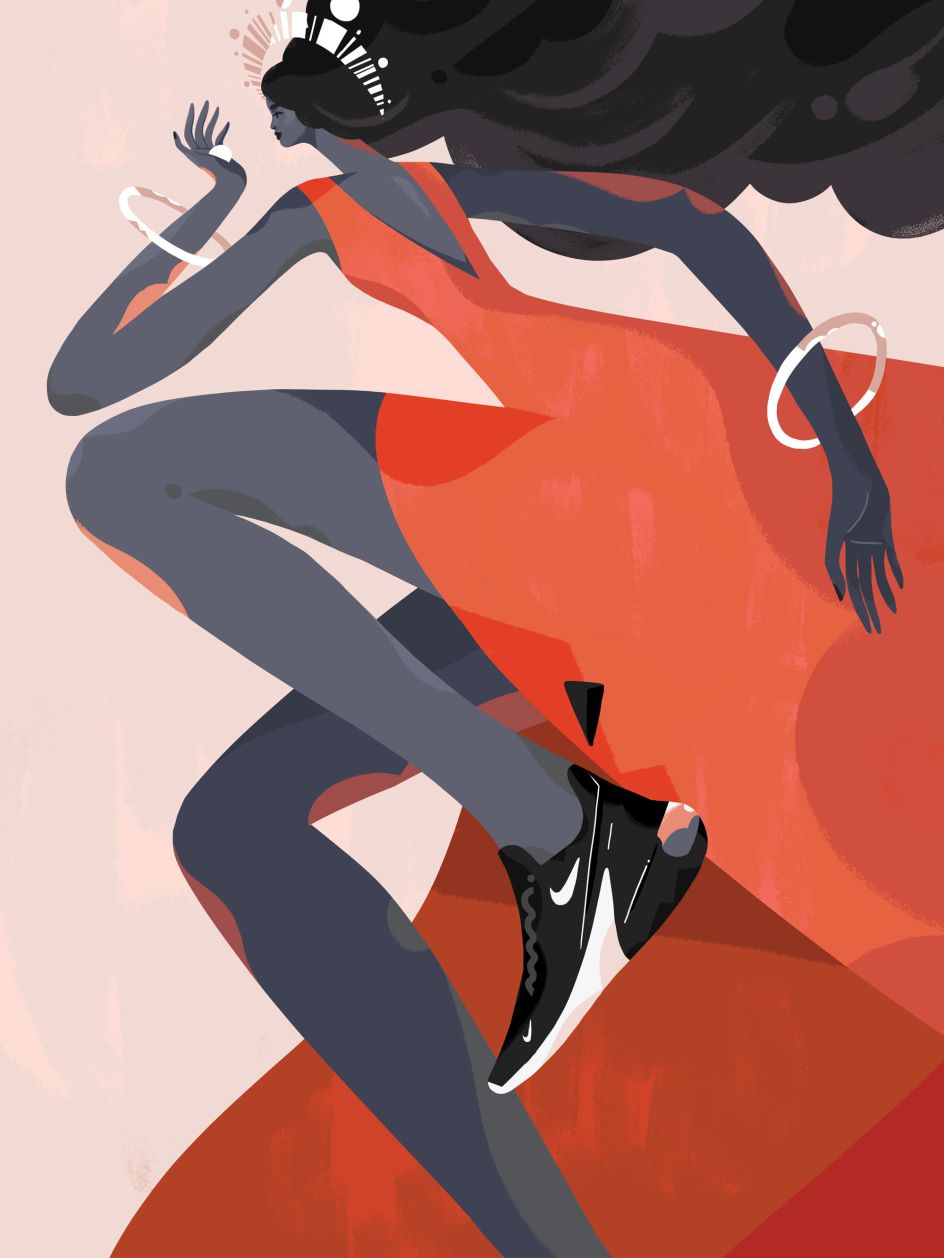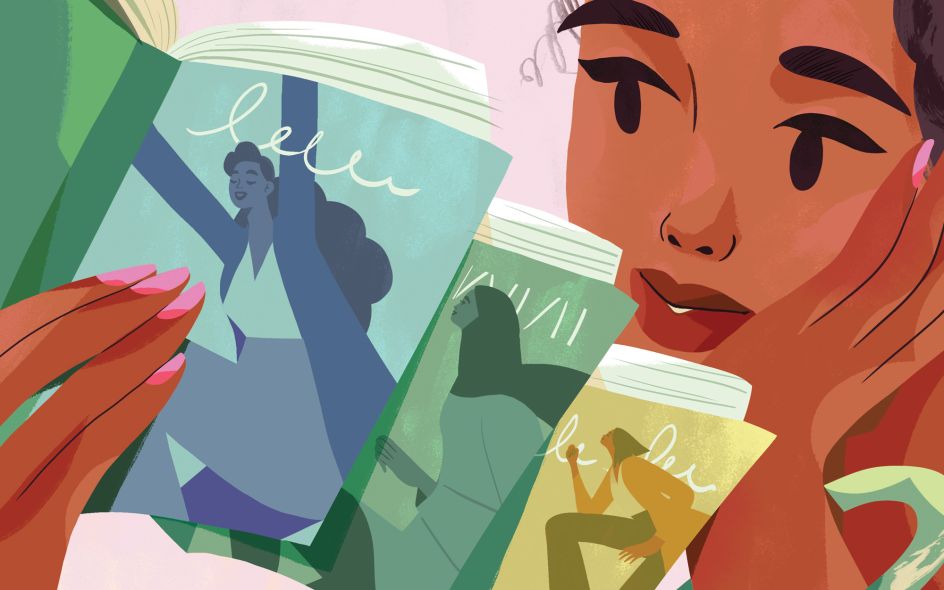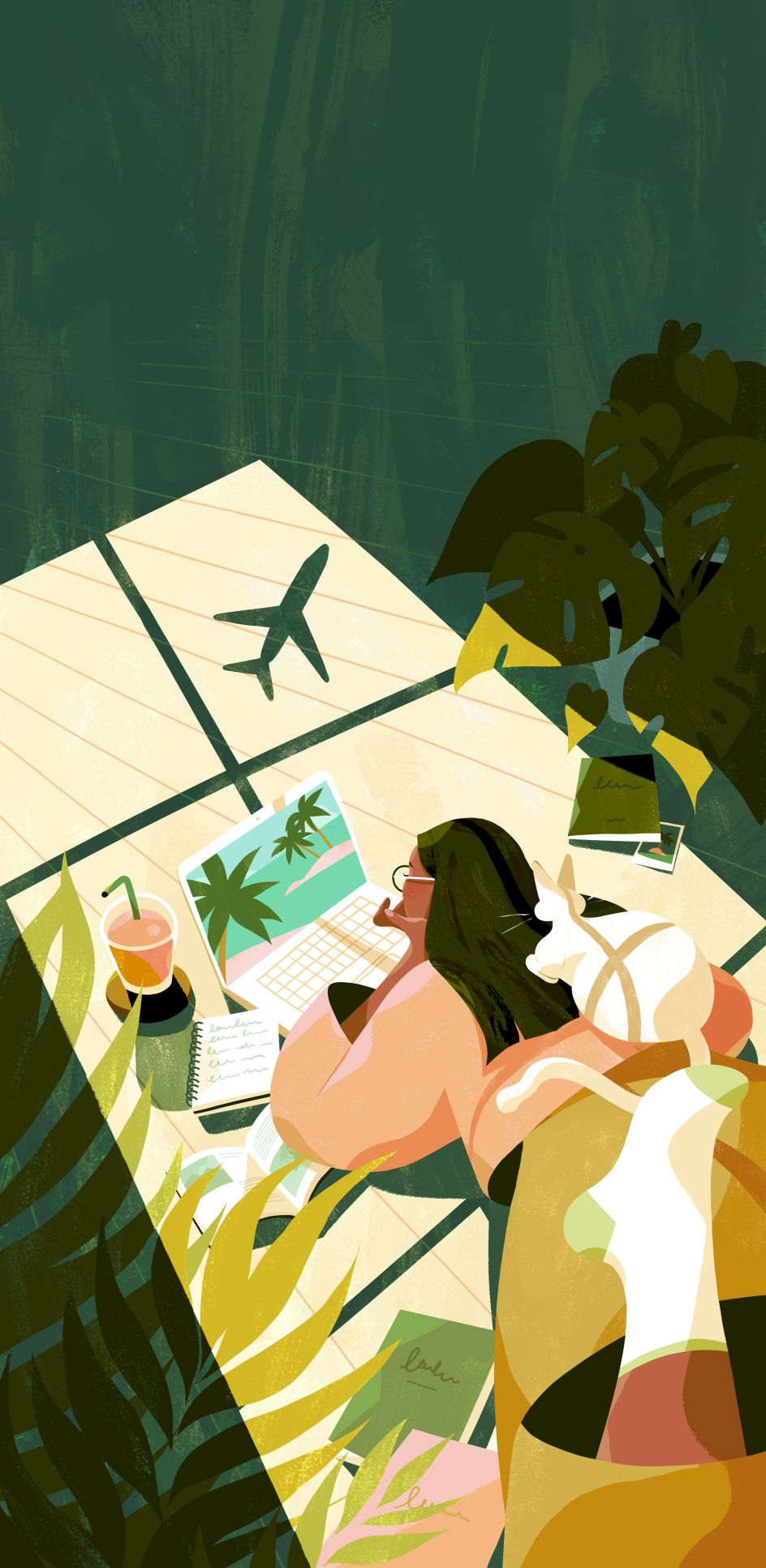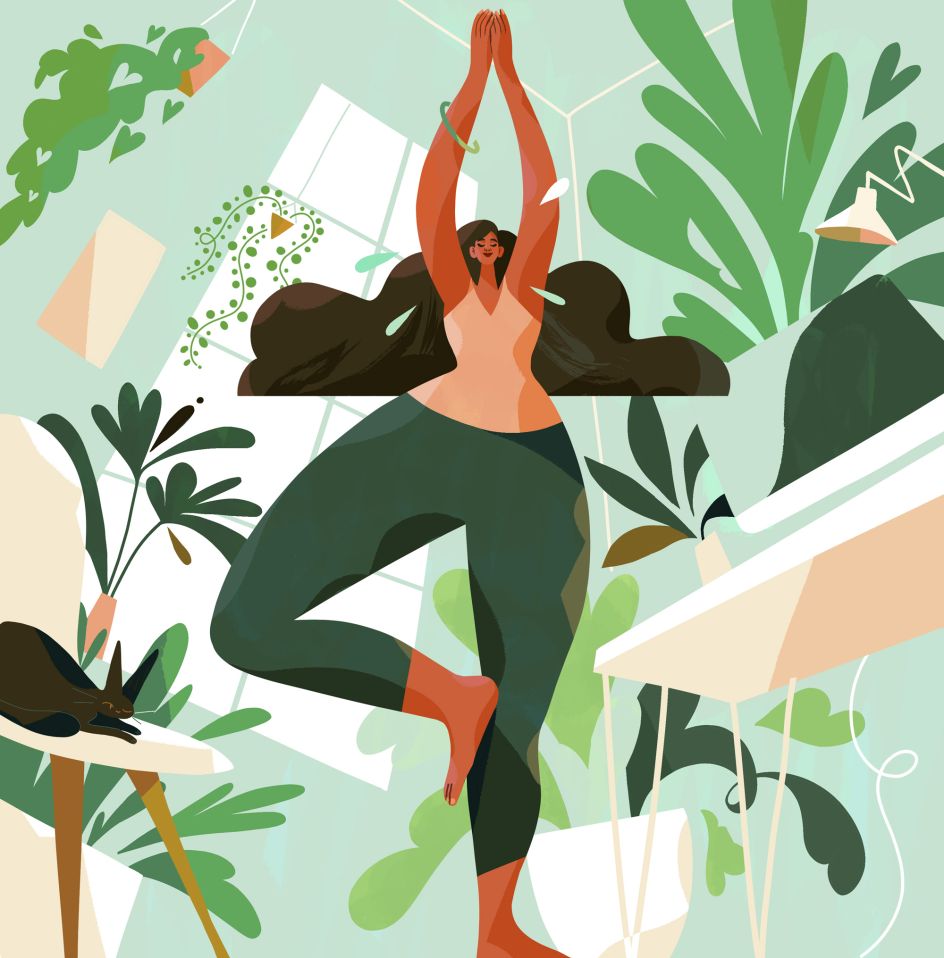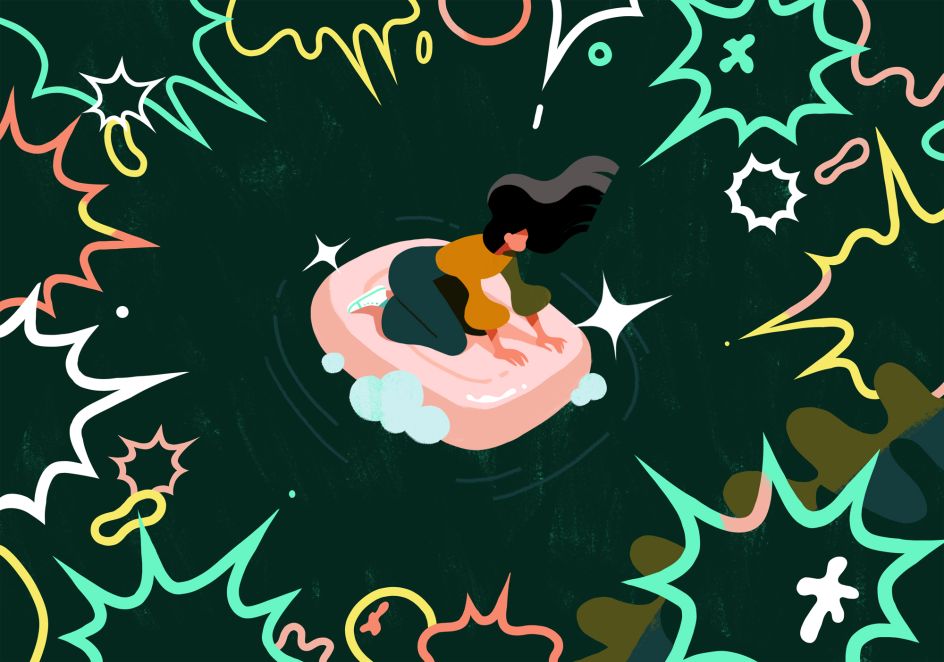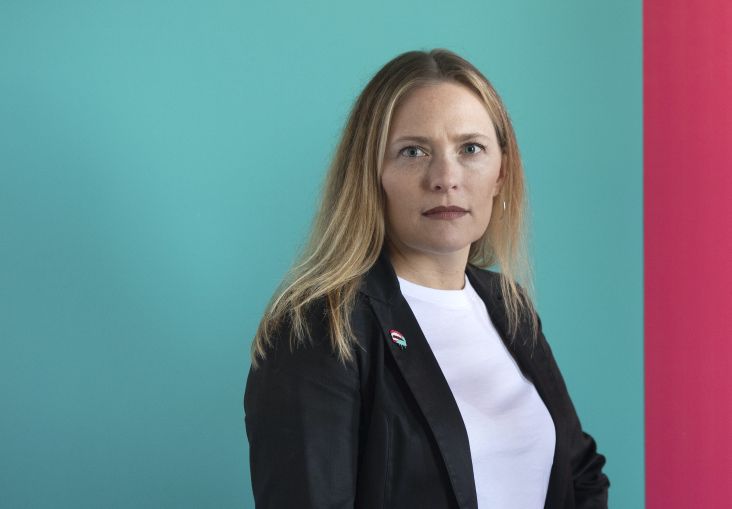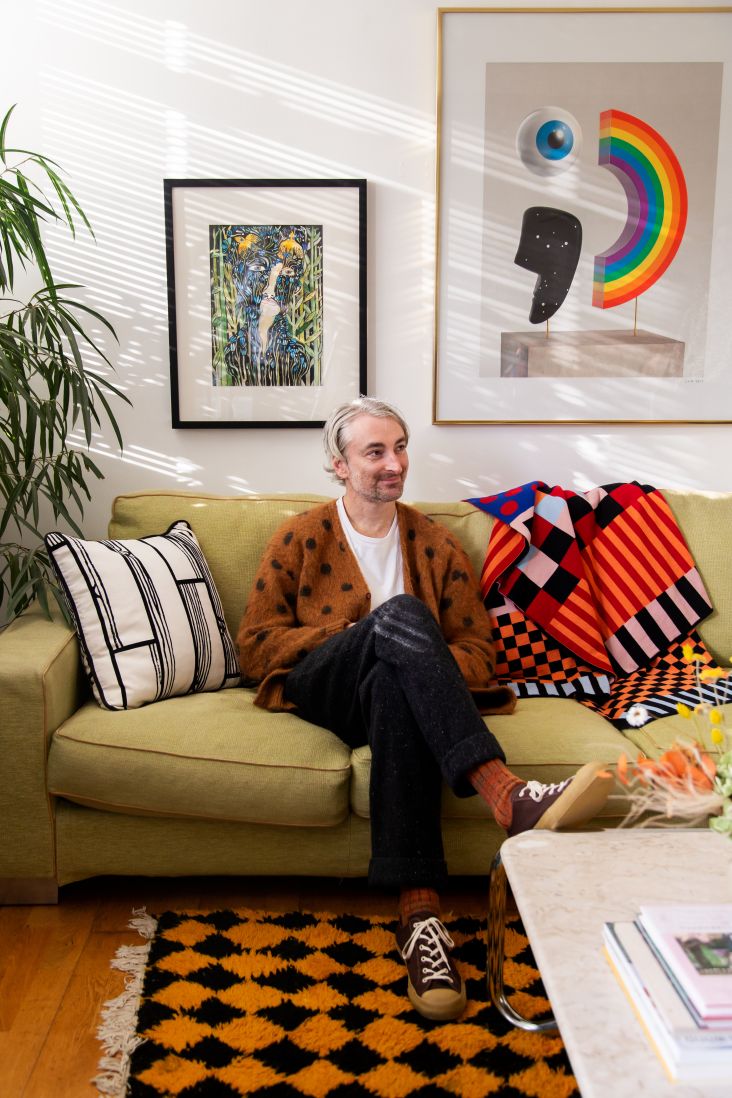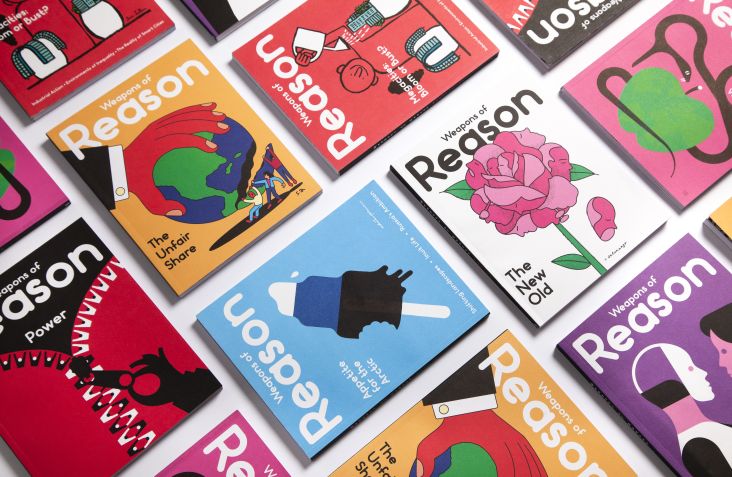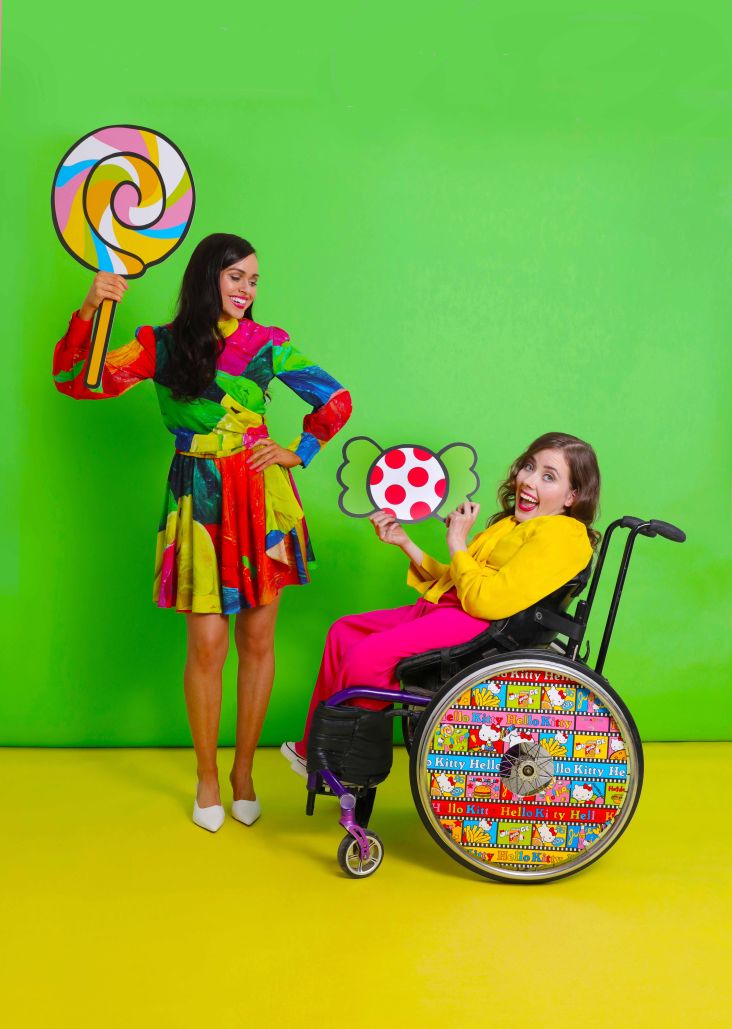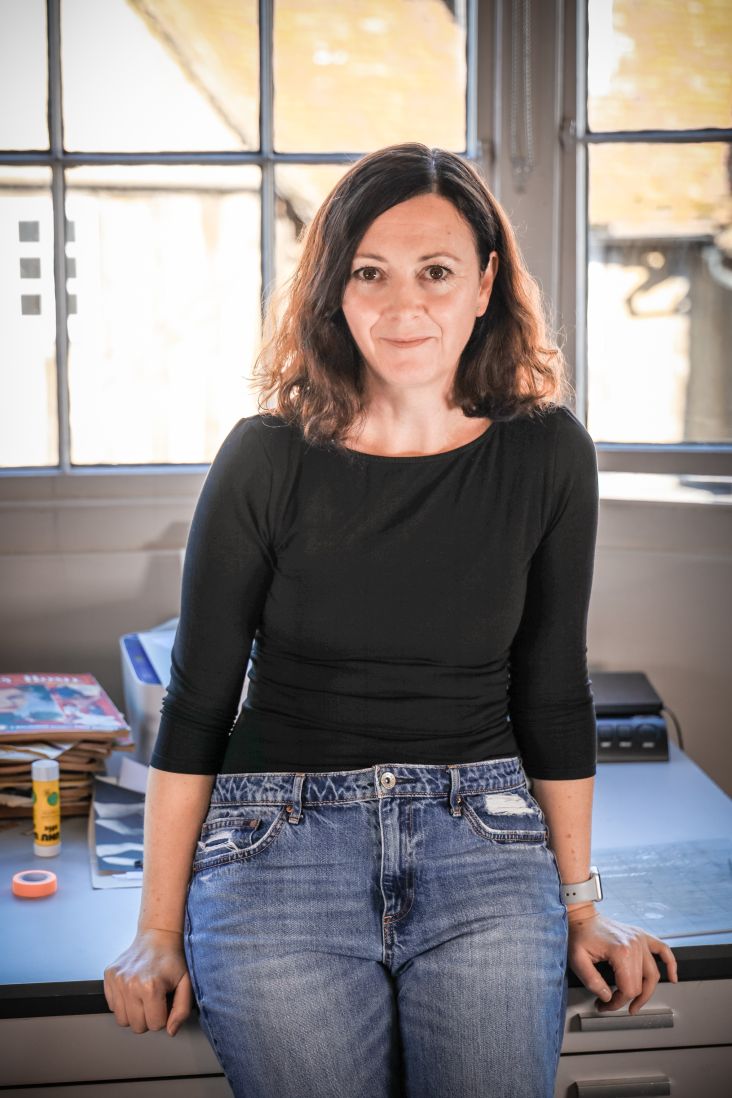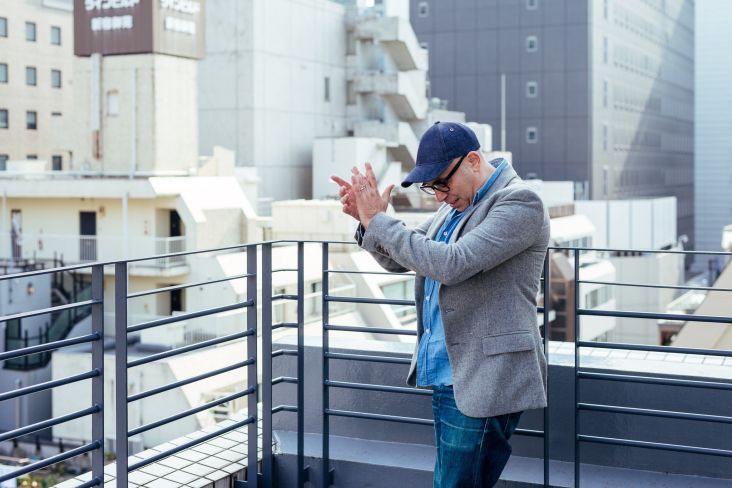Kim Salt reveals how athletes and dancers influenced her craft
New York-based freelancer Kim Salt makes work which "celebrates the inner magic of the mundane and the unique rhythms of living things".
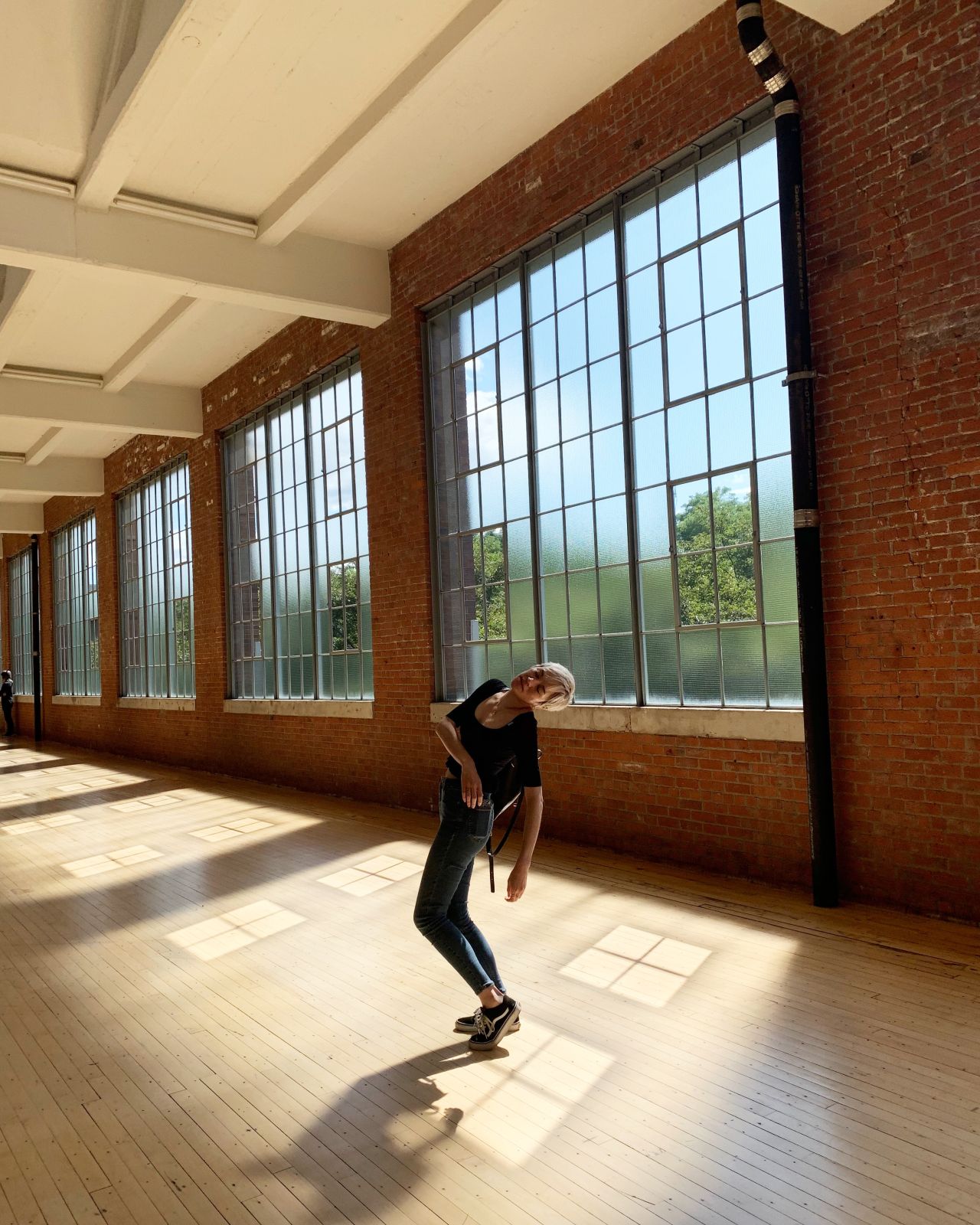
Represented by Handsome Frank and featured in The New York Times, TIME and more, Kim's beguiling figures have also lit up Nike and Foot Locker campaigns with their heightened proportions and floral, mushrooming details.
Catching up by email with Kim, we find out how her studies of dancing bodies helped influence her style, and why houseplants give her so much energy in the studio.
How are you and what's been keeping you busy lately?
Hey there! How is anyone these days? Work has mercifully been keeping me busy, and that's included quite a bit of Covid-related illustrations: At least three featuring video call screens, and four others about lifestyle changes post-pandemic.
A lot of it centres around reinforcing the connection with loved ones despite the challenges that Covid has presented us, but also features shifts in our relationships with work, travel, and technology as a result.
What was your journey into the creative you are today?
Originally, I studied design with a focus on web when I was still in school. After I graduated, I worked as a freelance graphic designer for a few years. But I learned I didn't truly love it like I did illustration, so I pivoted and began cold-emailing art directors looking for work.
Somewhere along the line, someone hired me to draw for them, and luckily people continue to hire me for jobs. I've mostly been freelance since graduating, but I did work at Facebook as an in-house illustrator for a year and a half before quitting. I still freelanced on the side while I worked there, which led to a lot of burnout. For the past year or so I've been happy to be working for myself again full time.
How would you describe your style, and how has it evolved over the years?
Fluid, pin-heady, lots of plants everywhere. Maybe slightly "sheeny" like the very beginning of an acid trip... In drier terms, I'd probably say shape-based with exaggerated proportions and compliant palettes.
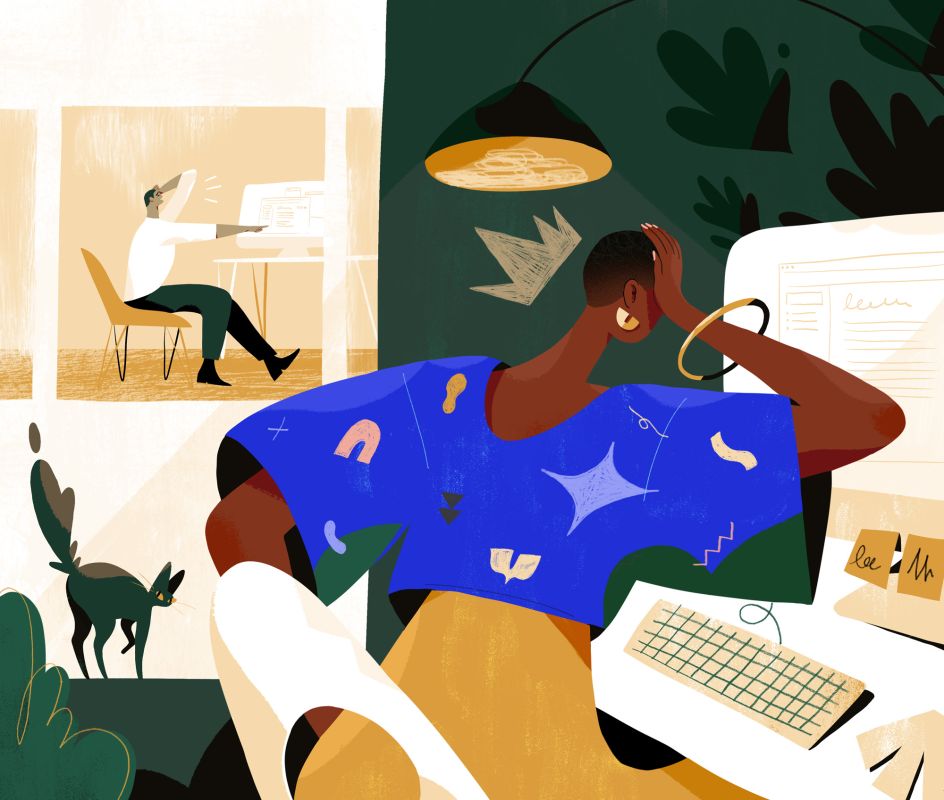
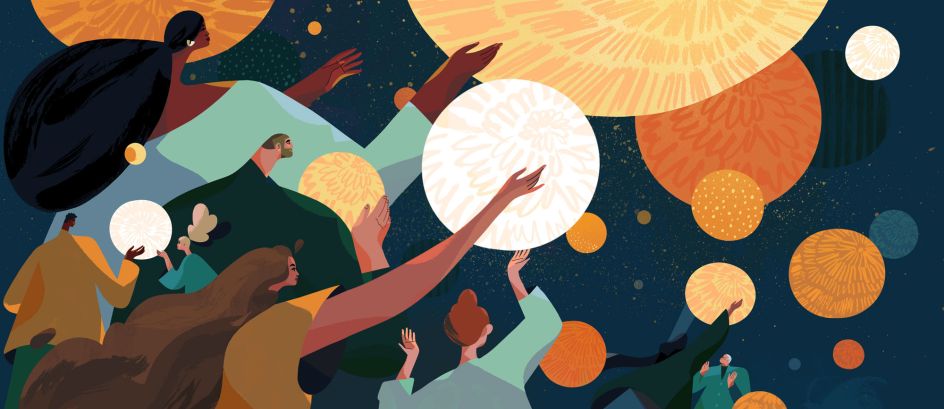
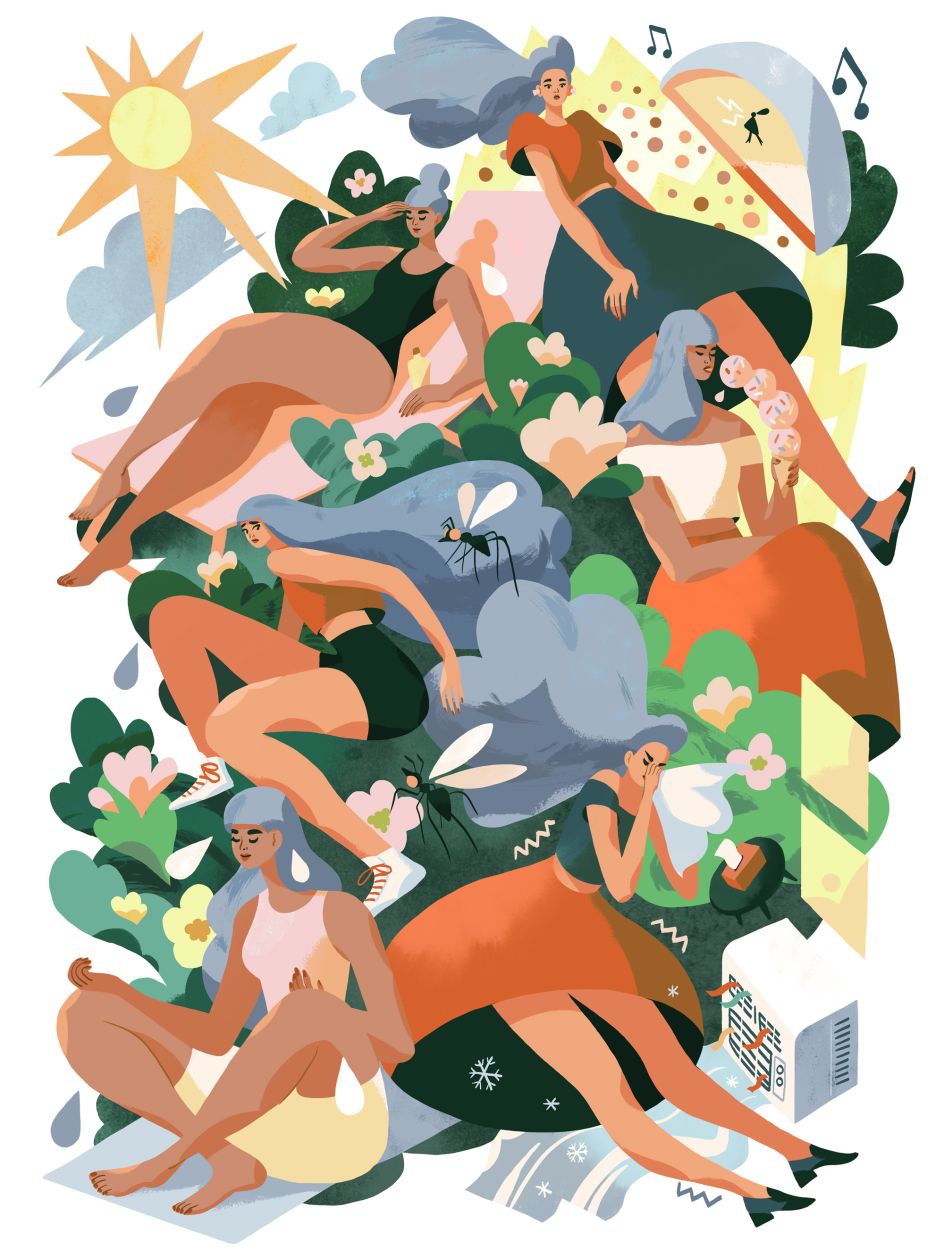
In the beginning, I think I drew like all of my favourite artists all rolled into one embarrassing mess. Then I started doing one drawing a day for 31 days in a row, and something that actually seemed like mine emerged. It had a lot more lines than the work I do now, and probably less of an understanding of colour. But I think it had a lot of the same obsession with flow and movement. Hopefully, my work smells even more like me these days.
How do you play around with dimensions and size so well? And who/what influenced this style?
I didn't start experimenting with size and dimensions until after I studied ice skaters and dancers as an adult. Their movements and the lines of motion that their bodies made over varying angles and perspectives made me think a lot about how the human body moves through space. It also taught me about visual flow and rhythm.
Watching these performers, I wanted it to feel as though the characters I drew had some of the same vivacity and embodiment of life. To feel as though they are moving toward something, even as they lie frozen in a single moment or frame. While my characters tend to have fairly staid facial expressions, I hope that they emote through their body language and action.
What's been the biggest challenge or problem you've had to overcome?
Probably one of the biggest challenges for a lot of artists is convincing yourself that you can do this for a living. Financially finding a path forward is incredibly hard without a day job or other part-time work to assist especially in the lean, early years.
Although I'm a lot better off nowadays, it's still challenging for me to find affordable healthcare in America as a freelancer.
You recently did a Footlocker project. How is it moving from editorial to a branding project like this?
The problem solving is a lot different. Rather than conveying the ideological and emotional message of an article or passage, you are evoking a preexisting identity and using your own voice to embody it. The two are pretty different from one another, and both challenging in different ways. Though, I still find them less challenging than drawing for myself.
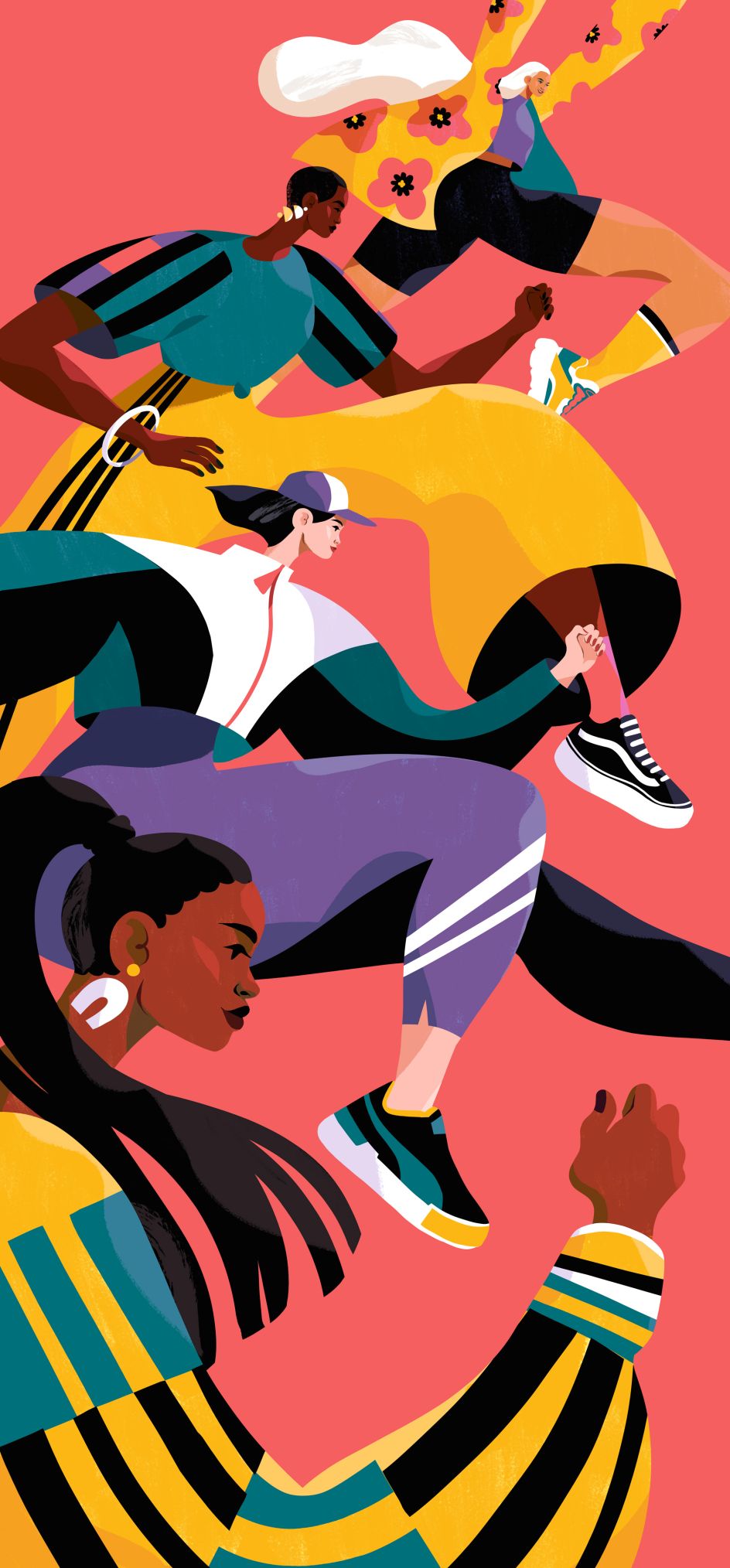
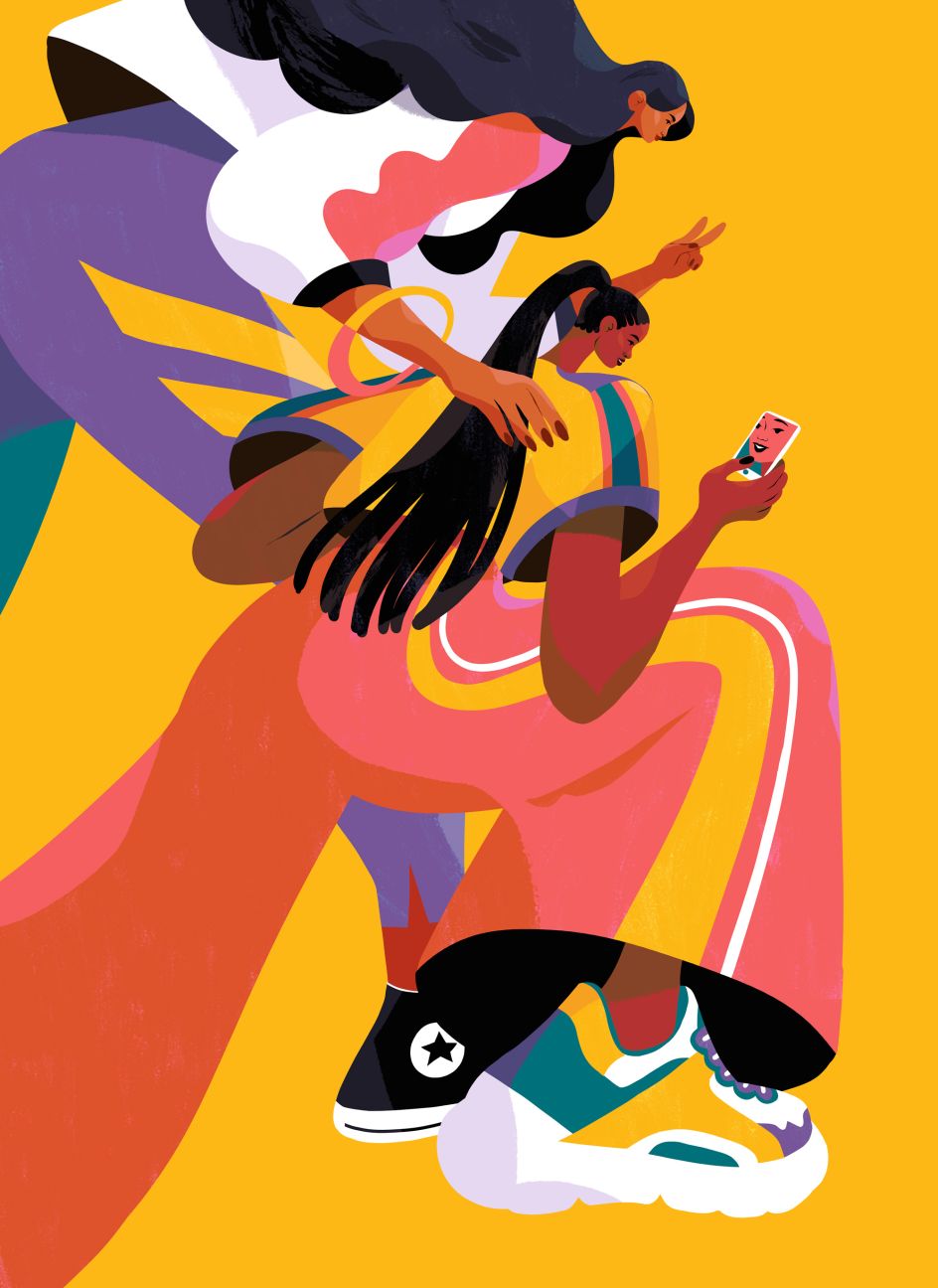
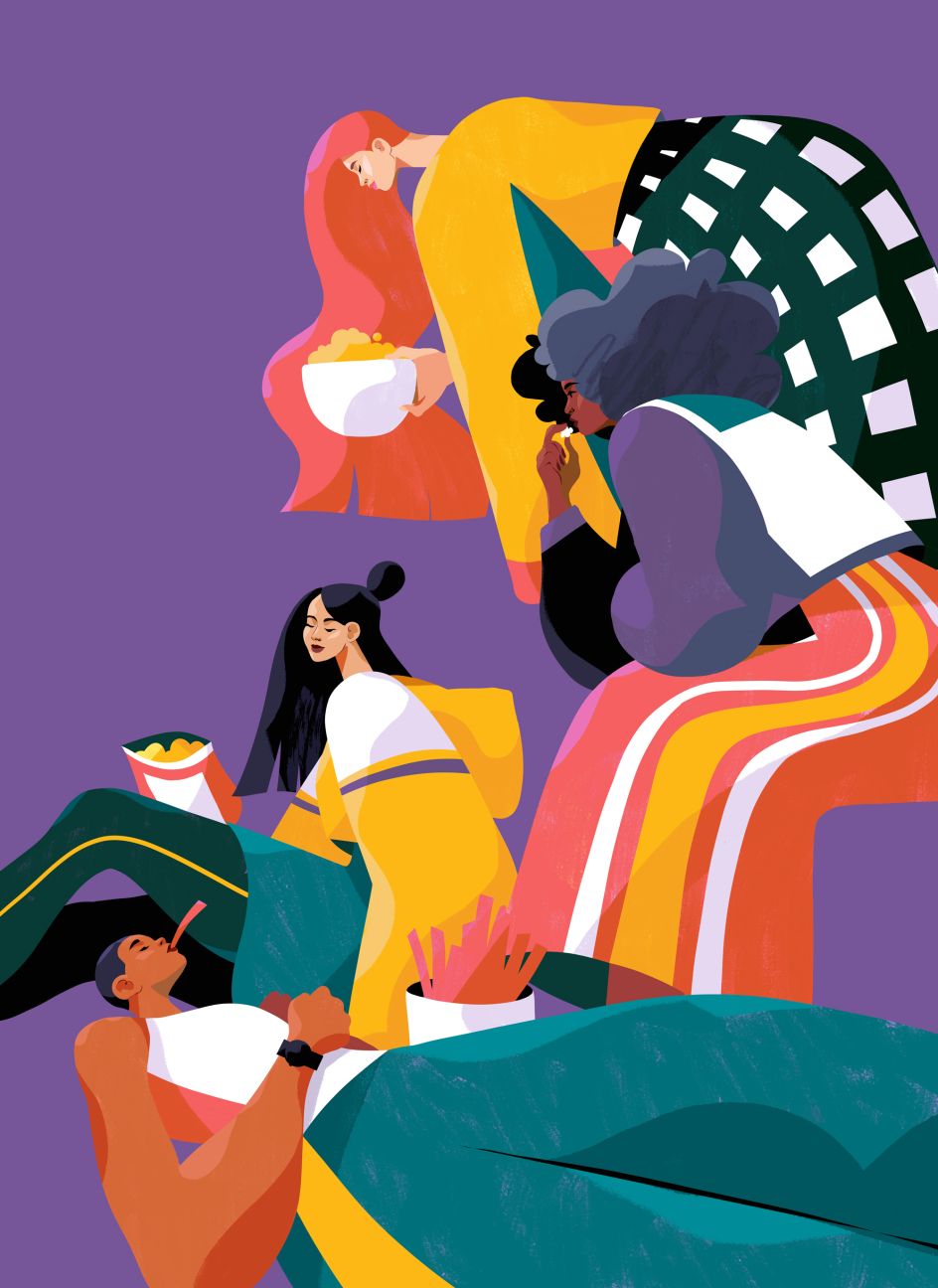
I've noticed that you like being around plants! Why so?
Ah, you're unlucky enough to ask me about plants! As a kid, one of my favourite movies was My Neighbour Totoro, which I think gave me an appreciation for the sense of triumph you can feel in the process of watching something grow. My mom has also always had a vegetable garden, and I think I got my green thumb from her.
As someone who works long hours in the same chair every day, surrounding myself with a curated jungle gives me a comforting place to briefly seek refuge from screens. On a visual level, plants offer a lesson in forms, too. They come in so many varieties of shape and have a lot to say about how positive and negative space interact.
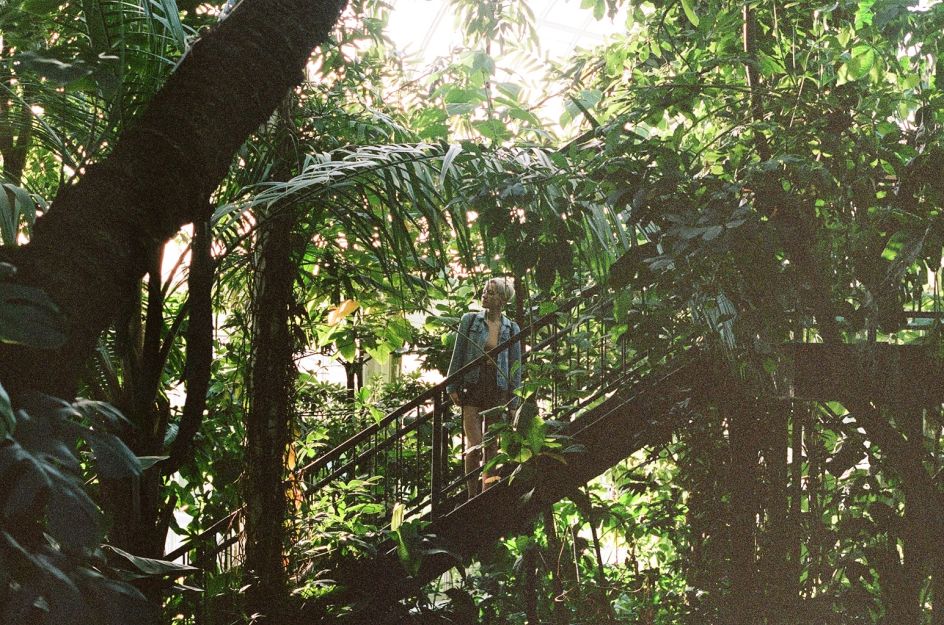
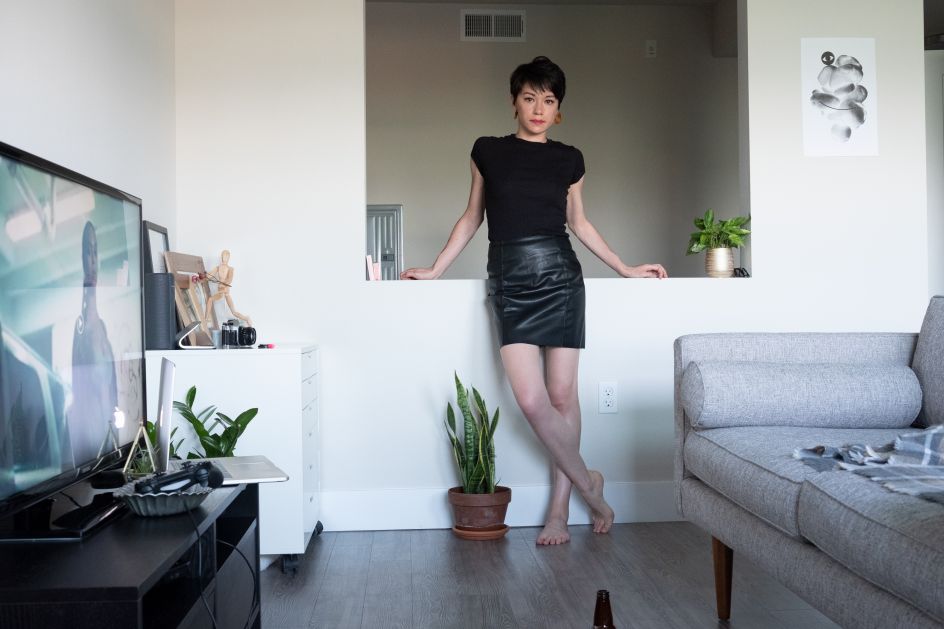
How important is colour to your work? And would you like to do more black and white pieces like your one for Melitta?
I sometimes feel as though my pieces look naked without colour. But maybe that's a good thing, and I should lean into it more. I draw (or used to before Covid) a lot of people-watching sketches, and for the most part, these focus on line and shape without colour.
The black and white piece done for Melitta actually started as an old personal piece, where I felt I could best achieve the emotion I sought through the absence of colour. But to answer your question, I would love to experiment with black and white more in the future.
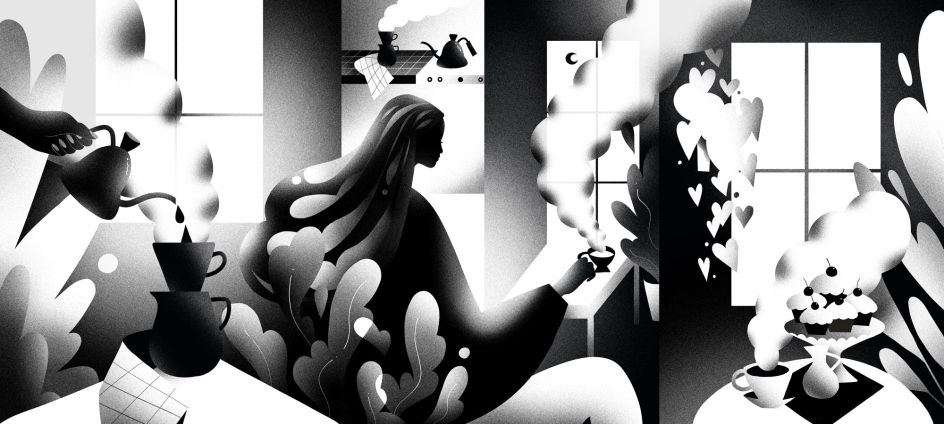
What kind of projects would you like to try next?
In terms of new projects, I'd like to try something that pushes my boundaries and shoves me toward something I haven't tried yet. I think this involves evolving the way I draw, but also the way I think about visual solutions and storytelling. I want to delve into comics more, too.
What's been the best experience and place your career has led you to so far?
Back when I had an illustration day job, employees were given a conference budget to further inform their skills and career. As a result, I was lucky enough to visit other cities and even another country, learning from the unfamiliar.
I'd love more opportunities for travel in the future, but despite being bound to home right now, I feel that I'm in a pretty good place. Paradoxically, I have the most control I've ever had in terms of what I choose to work on and what I accept into my life. It's both nice and a little scary.
